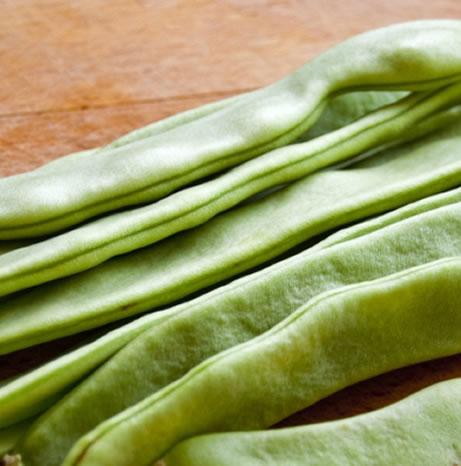Escape to the country this July with your picnic hamper of char-grilled fennel, radish and watercress salads finishing with those plump cherries and exquisite New Forest blueberries.
Baby Globe Artichokes
The artichoke isn’t a food to choose when you need a fast food fix. It’s a slow food to linger over. Patience shown in preparation and eating is ultimately rewarded by the subtly flavoured leaves and the mouthwatering artichoke heart. You can serve artichoke as a dish in its own right, with a bowl of vinaigrette or lemon butter for dipping. We prefer to use it as an ingredient, adding something special to a salad, pasta sauce or pizza topping.
Artichokes aren’t grown extensively in this country, so if you can’t find any UK-grown examples go for fresh-looking French imports.
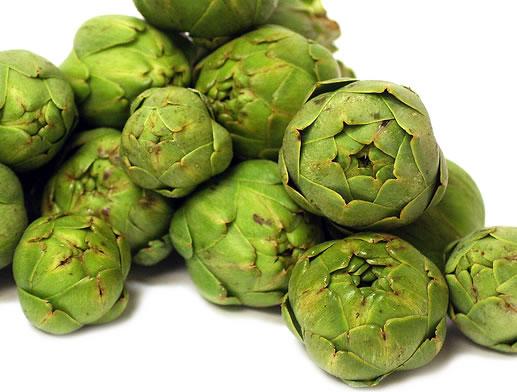
Beetroot
Beetroot usually deep purple roots of beetroot are eaten either boiled, roasted or raw, either alone or combined with any salad vegetable. A large proportion of the commercial production is processed into boiled and sterilised beets or into pickles. In Eastern Europe, beet soup, such as borscht, is a popular dish
Candy Beetroot
Candy beetroot is an eye-catching garnish and is a fantastic addition to any salad. Beautiful served whole or cut diagonally through the middle to show off those mysterious pink and white rings.
Golden Beetroot
Golden beetroot has a more subtle flavour than normal purple beetroot, and is a great garnish with its vibrant golden shine. Popular in the 19th century, and is now becoming another great ingredient.
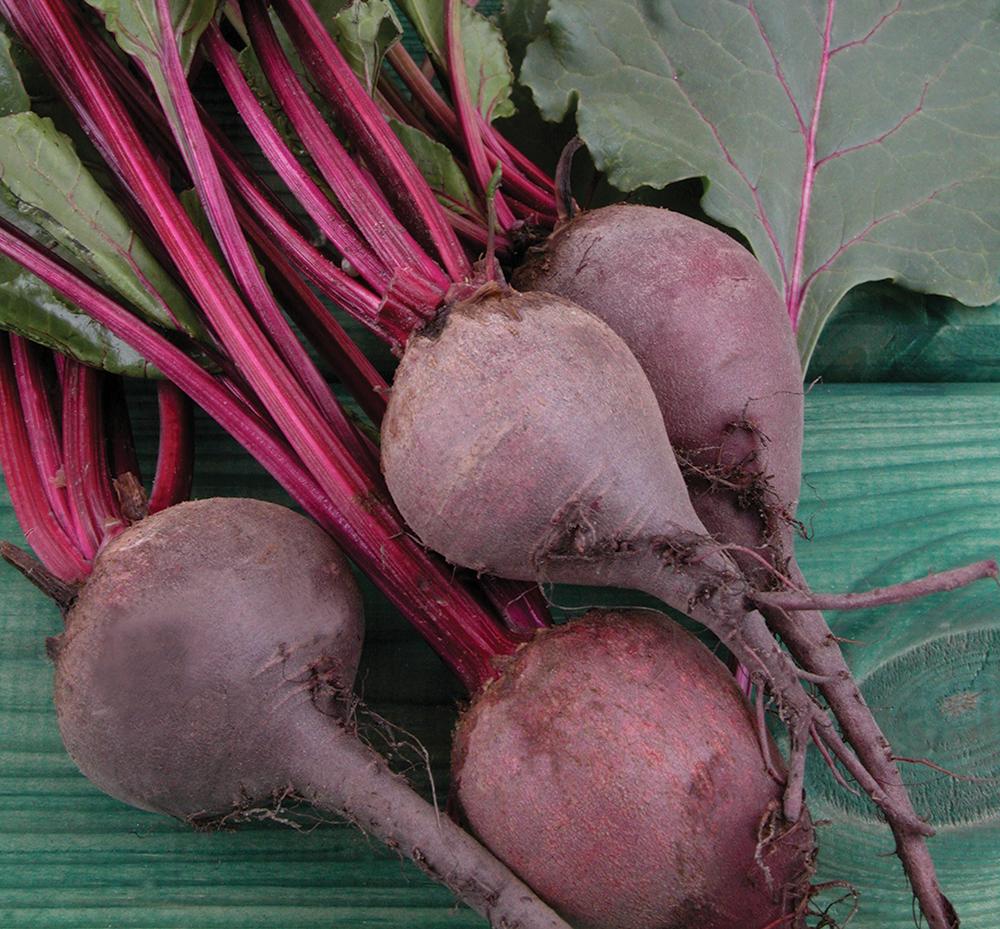
Blueberries
Blueberries release lots of juice when cooked, which makes them a versatile addition to a variety of dishes. Add the lush, dark berries to muffins, cheesecakes and pancakes or combine them with apple in a crumble, and with other soft fruit in a glorious summer pudding.
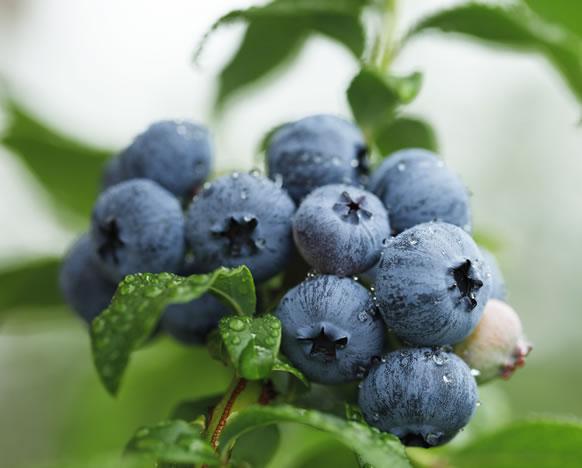
Broad Beans
Fresh broad beans are sweet and delicious pod beans with a smooth creamy texture. They only have a short natural season during the summer, so are often dried, canned or frozen to preserve them. Fresh beans are more popular than the dried variety, which tend to be quite floury. Young thin beans are eaten pods and all, but larger, older broad beans need to have the tough pods removed. Broad beans are also called fava beans, particularly in the US.

Corn On The Cob
For us, a just-boiled corn on the cob, speckled with freshly milled black pepper and rolled in melted butter is simply one of the greatest eating experiences available. Tinned or frozen sweetcorn can be tasty enough, but it doesn’t compare to corn eaten straight from the cob, slathered with butter, when the crisp and succulent kernels explode with flavour in the mouth.
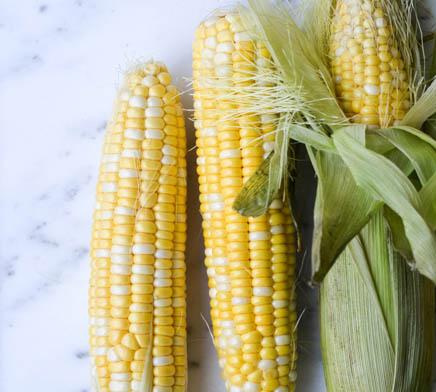
Courgettes – Green & Yellow
The courgette is a variety of cucurtbit, which means it’s from the same family as cucumber, squash and melon. It is the most popular vegetable of the squash family, being extremely versatile, tender and easy to cook. Just don’t boil them! They have a deep green skin with firm pale flesh and are also known as zucchini.
They can be sliced thinly and eaten raw, cooked on a griddle, in a stir fry, or fried in a light batter as chips, grated and added to a quiche, or dressed up in a creamy lemon sauce and served with pasta, Recipes for courgettes come in as many shapes and sizes as the vegetable itself: varieties of this summer vegetable can range from small and flying-saucer shaped, to dark-green and tennis ball-sized, to long and yellow.
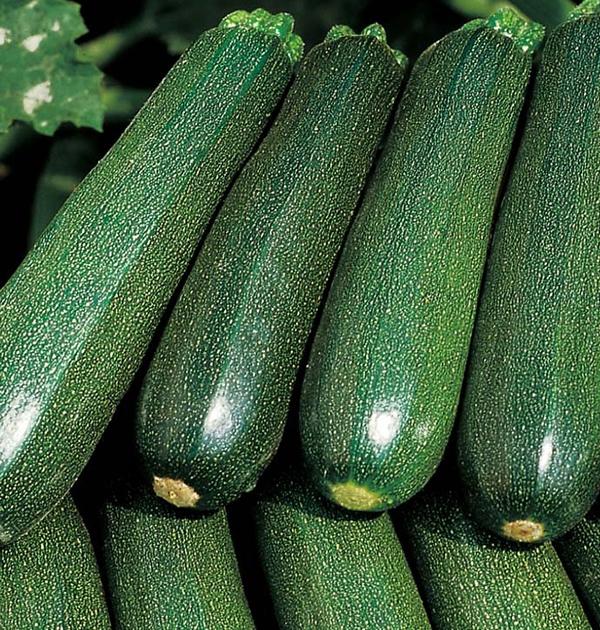
Fennel
Like Marmite, fennel is something that you either love or hate – its strong aniseed flavour leaves no room for the middle ground. From the same family as the herb and seed of the same name, it’s also known as Florence fennel or sweet fennel and is very popular in Italian cookery, and has a bulb-like shape that looks a little like a heavy-bottomed celery.
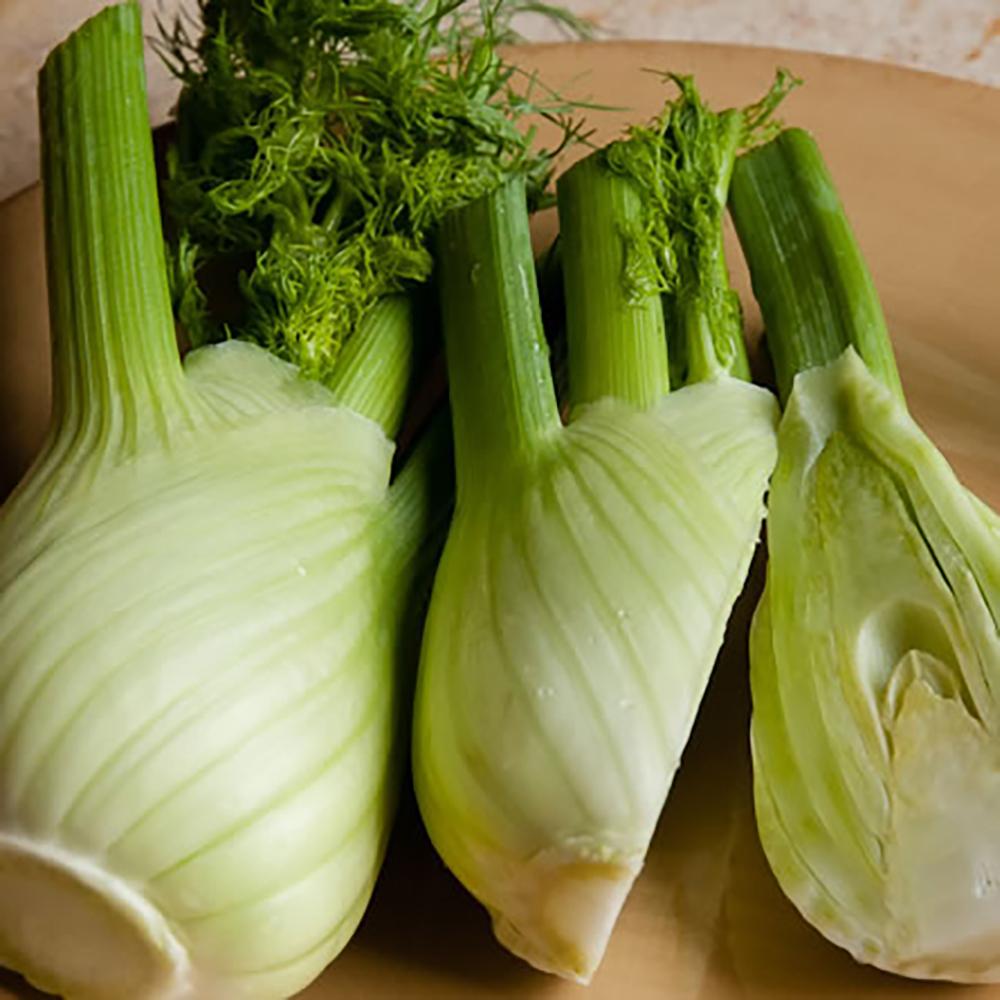
Flat Peaches
Donut peaches are distinguished by their shape, which is roughly rounded and squat with a dimpled centre at the fruit’s stem end. The fruit’s skin has a velvety finish and is flushed with tones of ivory, rose and rouge. Within the fruit’s core is its non-clinging, easy to remove pit. Its creamy, juicy-when-ripe flesh is low-acid with a candy-like sweetness and a melting quality. Baking peaches will make even slightly hard and unsweet peaches delicious! Warm, soft with their sugars concentrated – they are a joy.
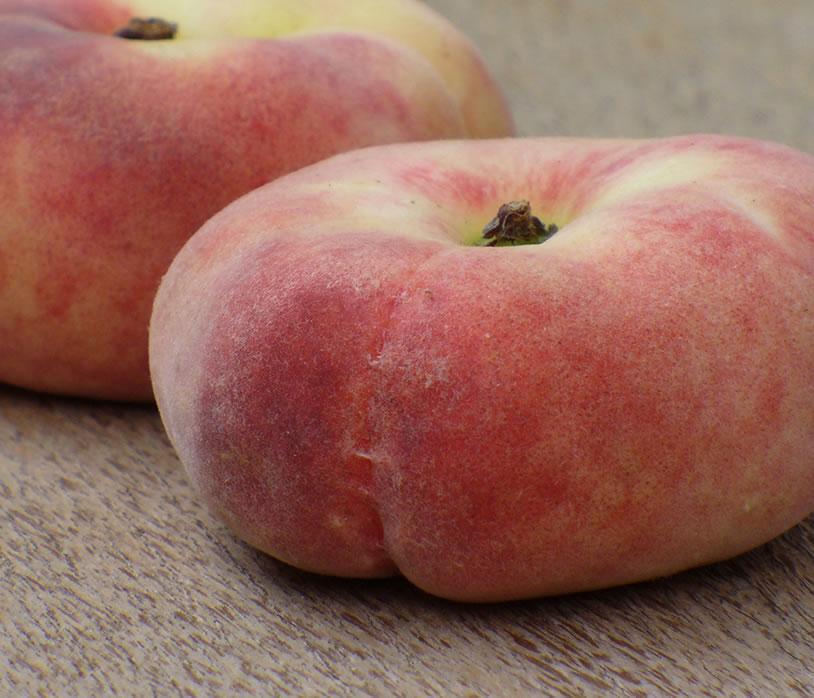
Gooseberries
Gooseberry recipes are a quintessential summer treat: Try gooseberry purée with mackerel or roast pork. Or pair them with elderflower for delicious gooseberry pies, tarts and crumbles. The high pectin content in the fruit makes an ideal gooseberry jam.
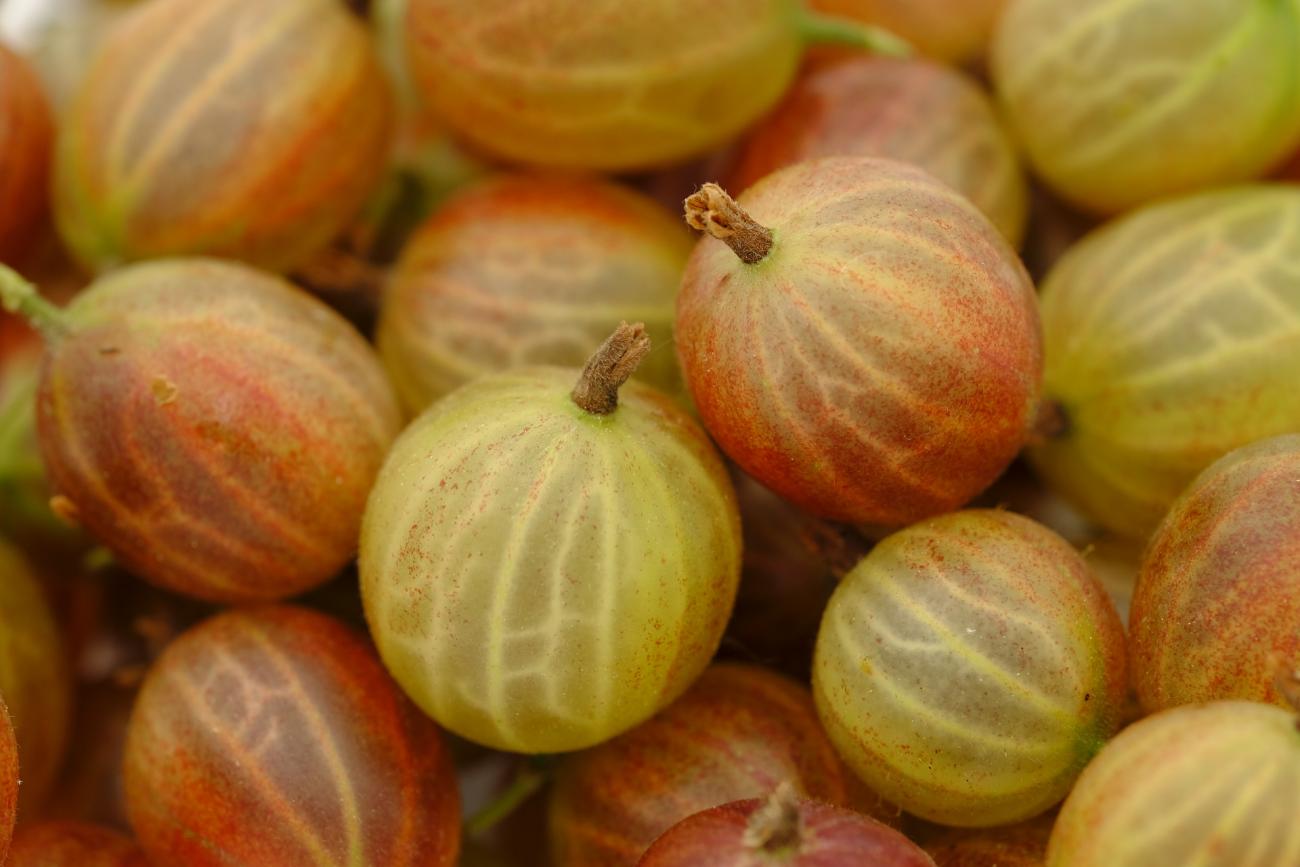
Heirloom Tomatoes
An heirloom is generally considered to be a variety that has been passed down, through several generations of a family because of their valued characteristics. Since ‘heirloom’ varieties have become popular in the past few years there have been liberties taken with the use of this term for commercial purposes.
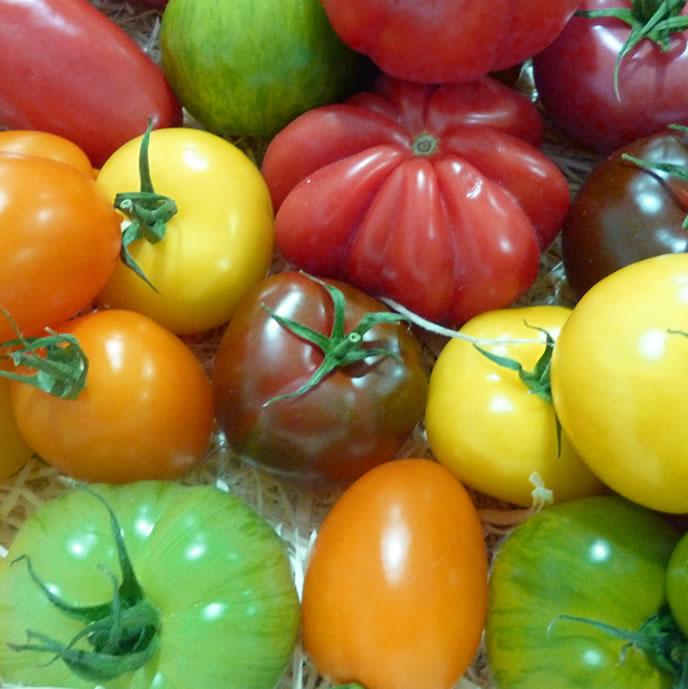
Jersey Royal
The Jersey soil is light and well drained and many farmers still use seaweed harvested from Jersey beaches as a natural fertilizer (it is known locally as Vraic). Jersey has some of the most formidable tidal flows in the world, and the strong movement of the sea deposits large quantities of vraic on the shore. The practice of using vraic on the land dates back to the 12th century.
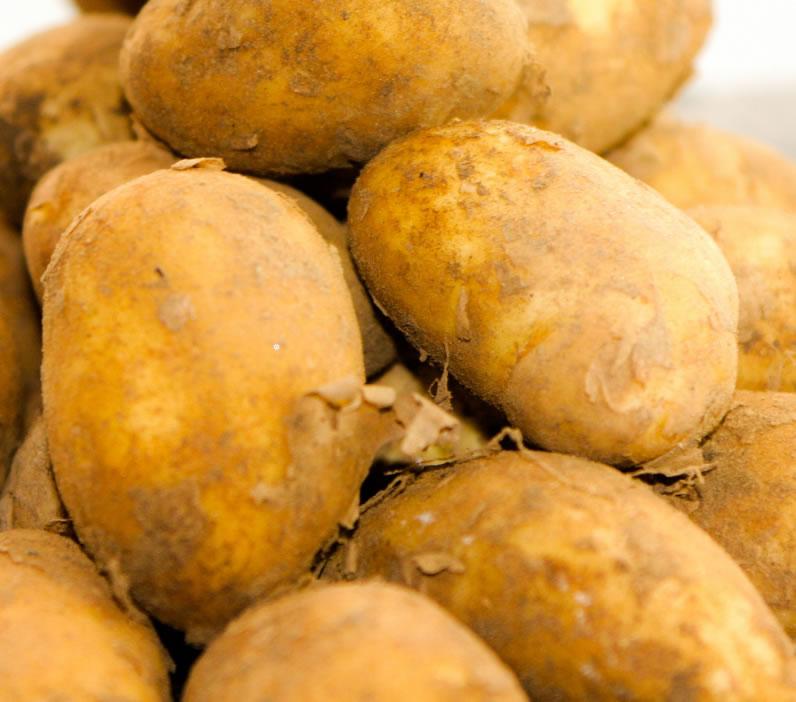
New Forest Strawberries
Although May sees the official start to the British berry season with milder temperatures, longer days and more sunshine –June continues to have the perfect conditions for enjoying British berries including strawberries. The best thing is that strawberries can be enjoyed when dining al fresco as part of a main course or dessert, straight from the punnet at a picnic, or just simply with cream or ice cream. Strawberries – a great accompaniment to summer!
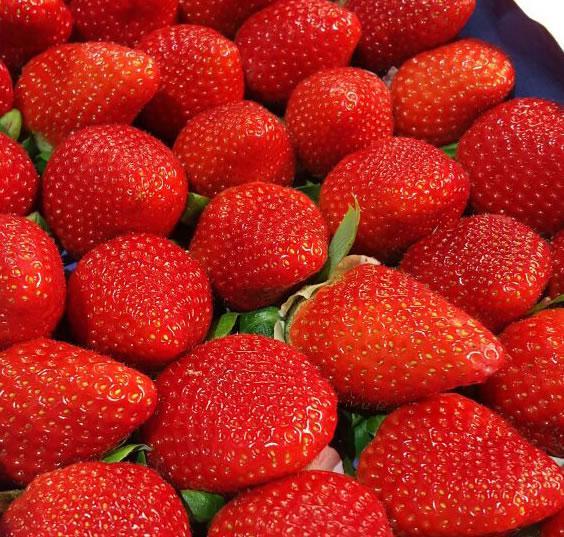
Radish
Radish, that common and beloved part of your salad, is a root crop, and it is pungent or sweet in taste with a lot of juice. Radishes can be white, red, purple or black, and in terms of shape, it can be long and cylindrical or round. They are eaten raw, cooked or pickled.
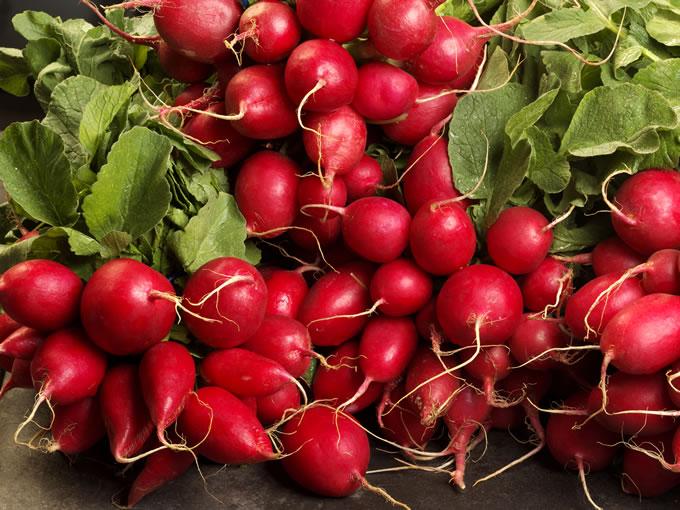
Rainbow Chard
The raw baby leaves of the coloured types look stunning in salads, and though they dull a little on cooking, a pile of young leaves, wilted and buttered with stems still attached, is still handsome on a plate. The adult plant gives you two vegetables in one: the crisp, robust stems and the abundant, delicately ruffled leaves. It’s a powerhouse of nutty, green-leaf flavour, so pair it with feisty partners: olives, cream, tomatoes, spices, strong cheese and smoked fish.
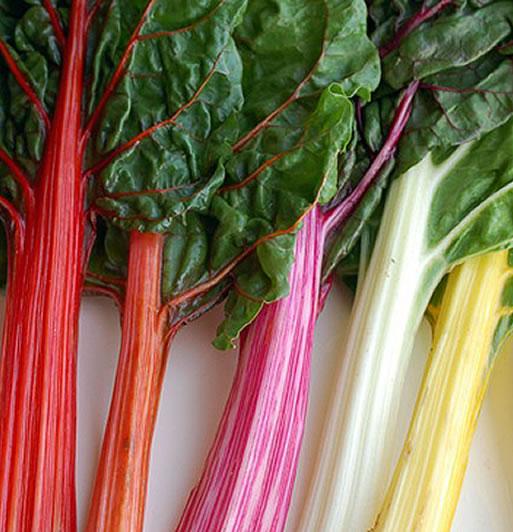
Runner Beans
Fresh, young runner beans are a gem amongst the many wonderful vegetables available during the British summer. At their best they are at once tender, succulent and bursting with flavour. There can be few better ways of serving runner beans than piled onto a plate alongside meltingly soft roast lamb, roast potatoes and Classic Red wine Jus.
